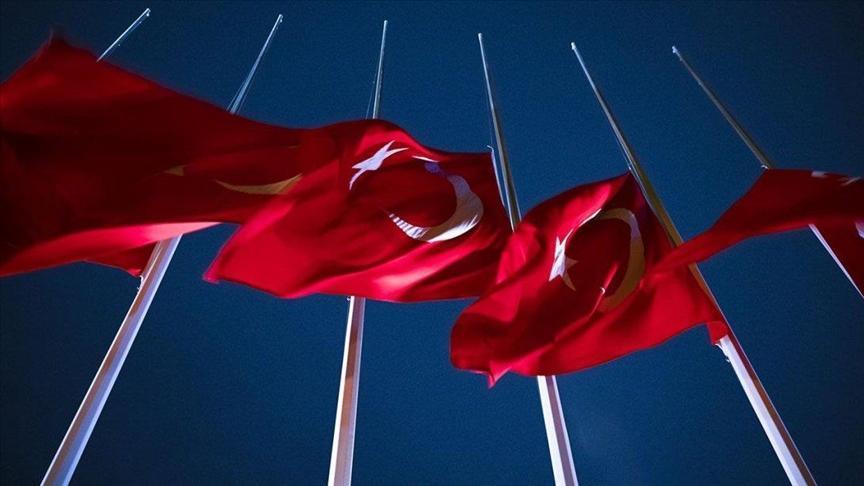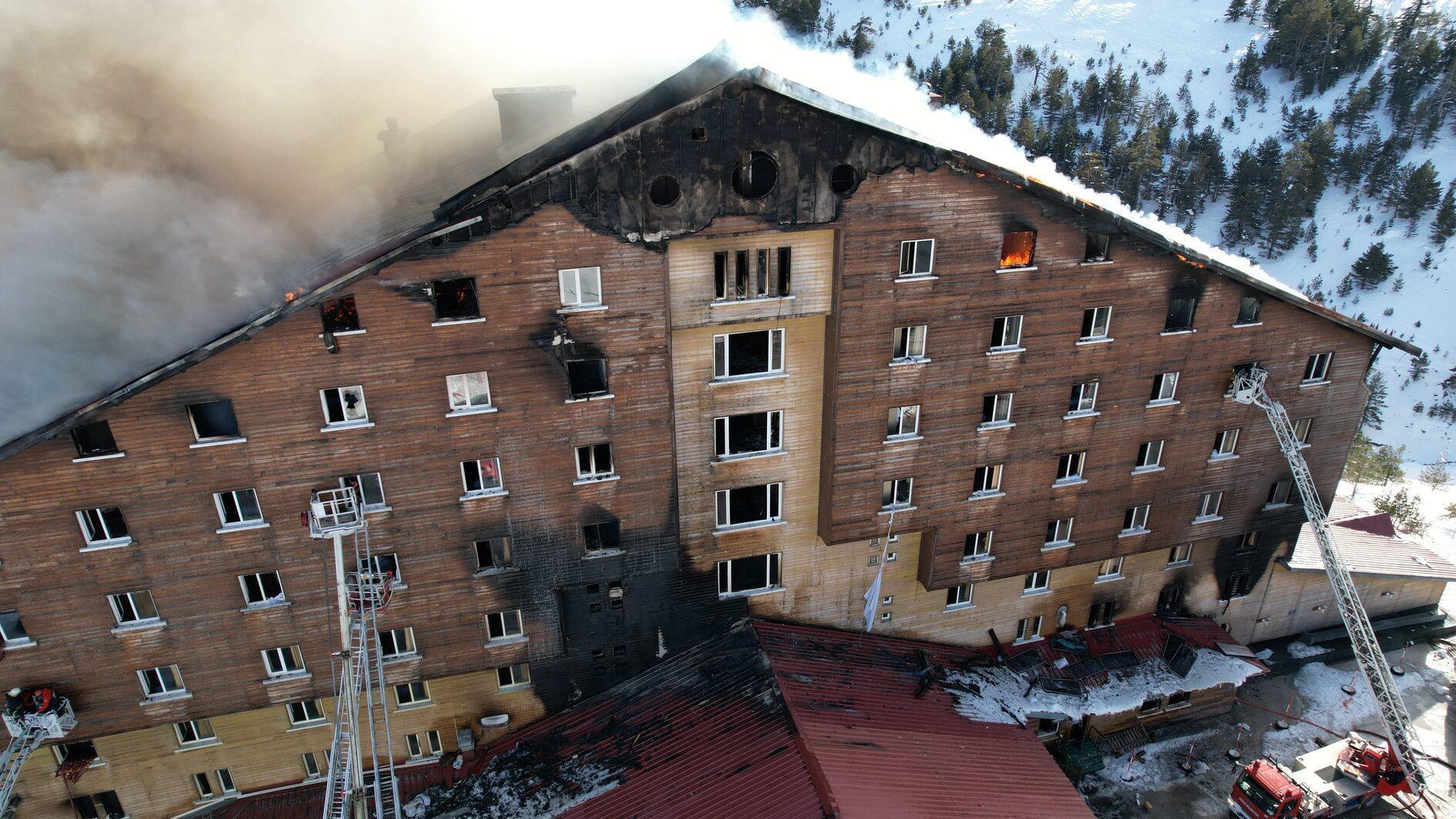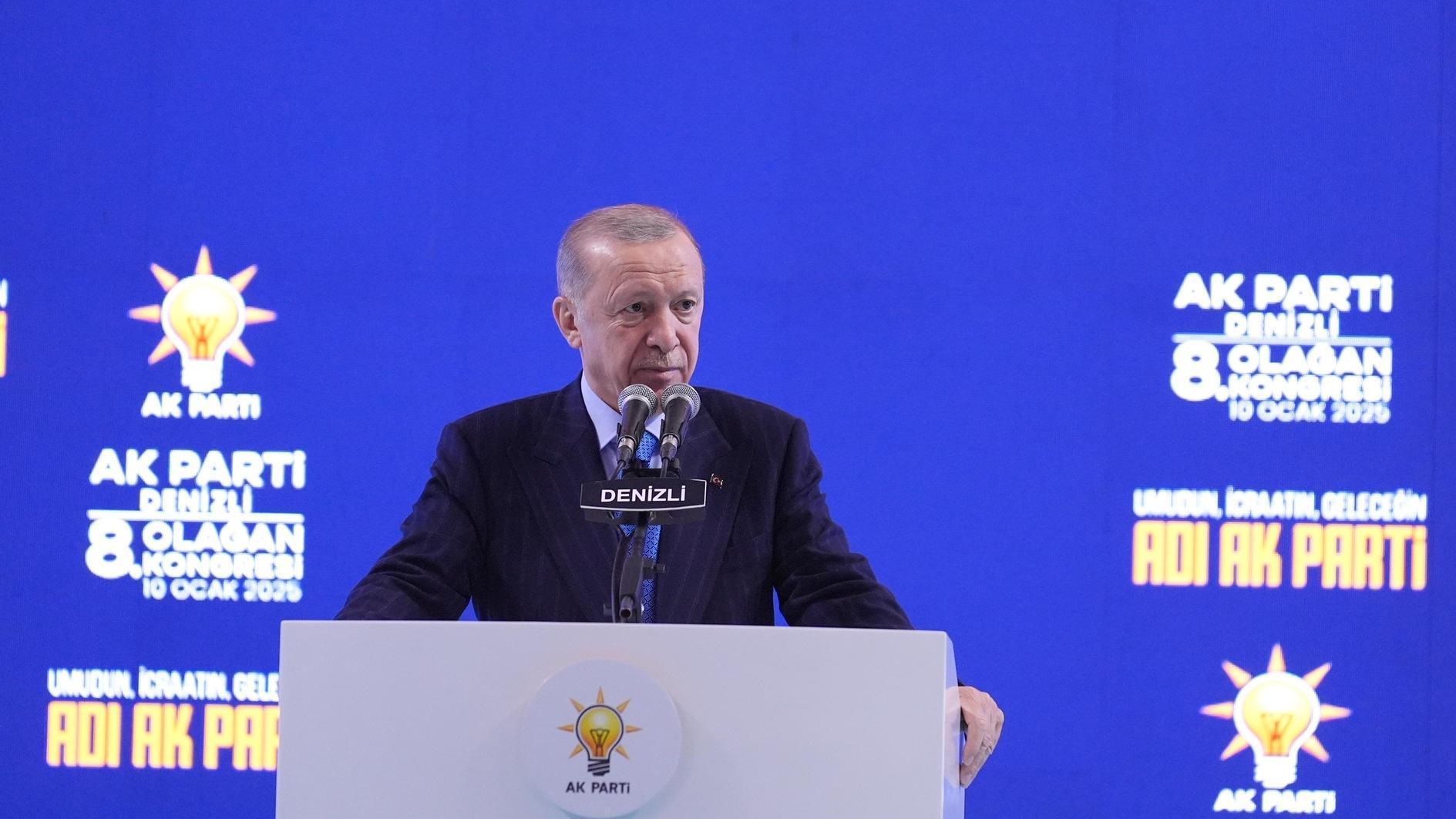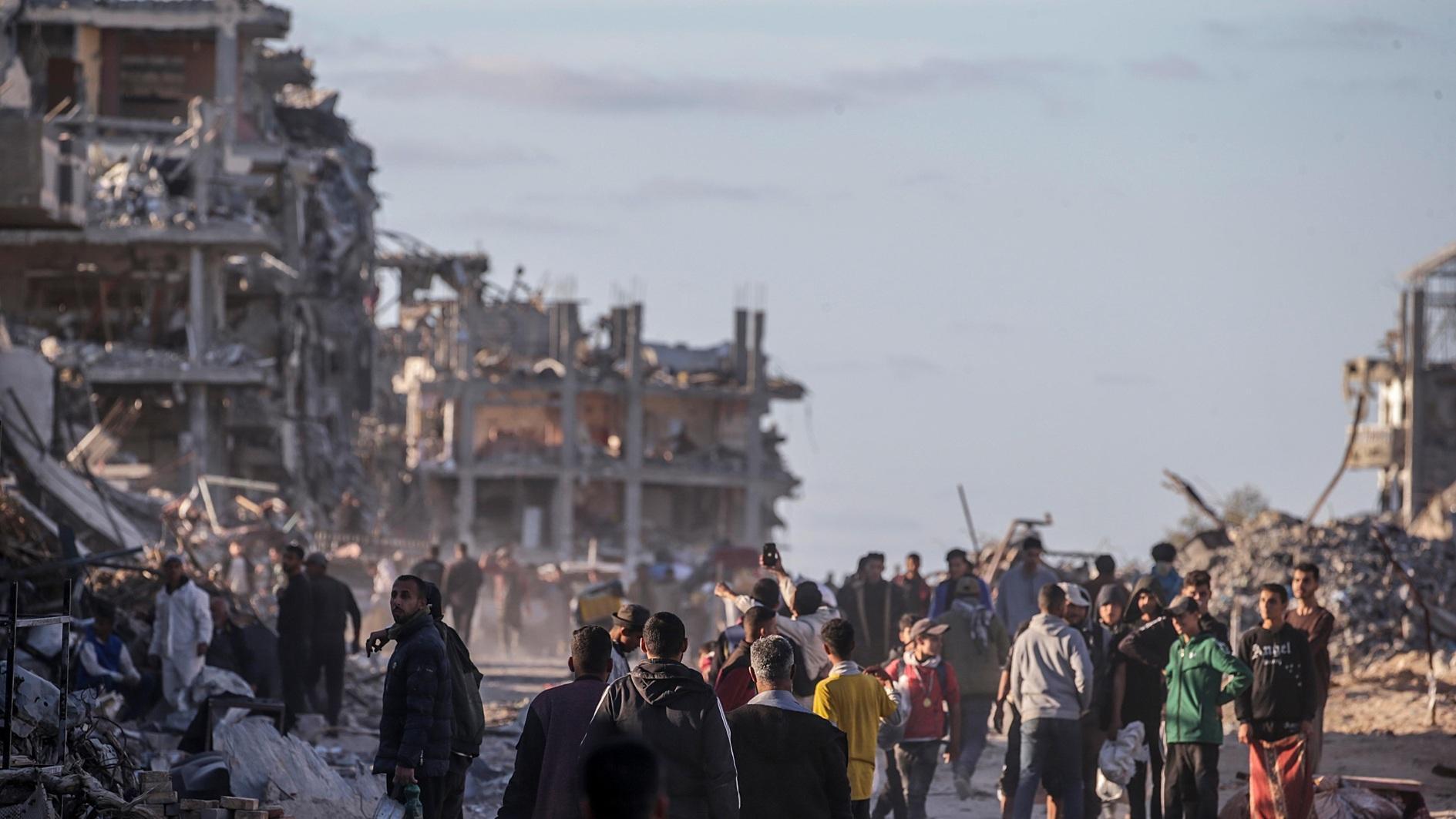Göbeklitepe: Beyond Time
MEDİHA DİDEM TÜREMEN

With an infinite probability, inherited to all humanity and may have traces of all our common distant past, Göbeklitepe in the southeastern province of Şanlıurfa, a site from 10th and 9th millennia B.C., promises being in a timeless moment which we cannot know until we get there.
This is what I experienced when I went there alone for location research of my documentary project. As an artist living in Istanbul, I can say that it is an inspiring place if you are living in a rush of time.
Thousands of years ago Göbeklitepe was buried with respect, then waited, and now, with the light of today’s time, it slowly begins to wake up and adds a new and unknown chapter to history. It gathers people like it did before.
Time will tell how humanity is ready and patient to discover its stories. Since it took centuries to establish, perhaps now Göbeklitepe may require some more time to be discovered. Could staying underneath be a way of protecting? Is Göbeklitepe ready to adapt to the rush of time, ready to wake up immediately to meet with today’s air? The questions are still fresh and ongoing; when it was built, who made it and why?
The visual world of Göbeklitepe is able to give clues about the relationships among the communities living in the surrounding geography. Recent researches give perspectives on an evidence of religious rituals that might be generally on wild, dangerous and large animals. So, a question comes with it, were these wild animals killed for rituals? Why did they need to create these areas by using artistic ways? We can see that animal symbolism in Göbeklitepe and other related sites is very common and important in early Neolithic ritual practices.
But there is an important change here: A human is giving himself an important place, a role in the center, raised above the animal world. We can see that the human who has advanced and different abstract beliefs had tried to reach an aim through art, with the stylized human figures he created by adding interpretation and creativity, a skill that cannot be simplified at all.
A relation to mortuary ritual at Göbeklitepe is discussed, but there is still no proof of a grave, and it is not definite that we can say it is a temple. But it is probably used in rituals and meeting point of hunter and gatherers. There is also the idea that an elitist approach prevails; a limited number of elites gathered here. We see that it is not new to create stories for power, authority, to spread the fear of the unknown, to provide pressure, to direct perception.
Today there is another question still in the center, how work force and food were provided for such a place, during the construction and maintenance of this monumental architecture. The idea that feasts are held in Göbeklitepe is common, because through analyses, there is evidence that fits that pattern for plant food. There are no large storage facilities that have been identified so the production can be for immediate consumption and archeologists interpret these seasonal peaks in activity at the site as evidence for the organization of large work feasts.
German archaeologist and pre-historian Professor Klaus Schmidt (1953-2014) had led the excavations at Göbeklitepe for 20 years until his sudden death.
His thoughts at his speeches are virtuous at this point on saying digging is also taking risks of destroying, we should stop at Göbeklitepe for a while, digest the information we have obtained, research and think about the questions and allow future generations to continue exploring with better technologies that we don’t have today.
With an outstanding universal value, Göbeklitepe was added to the UNESCO World Heritage List in July 2018 and announced that 2019 was as the Year of Göbeklitepe in Turkey and many events taking place. It is necessary to experience Göbeklitepe alone and calmly without the rush of taking pictures and sharing.
Nothing is a substitute for actually being somewhere. We should spend time there to go beyond time and feel with our own perception, with all the unknowns.
















